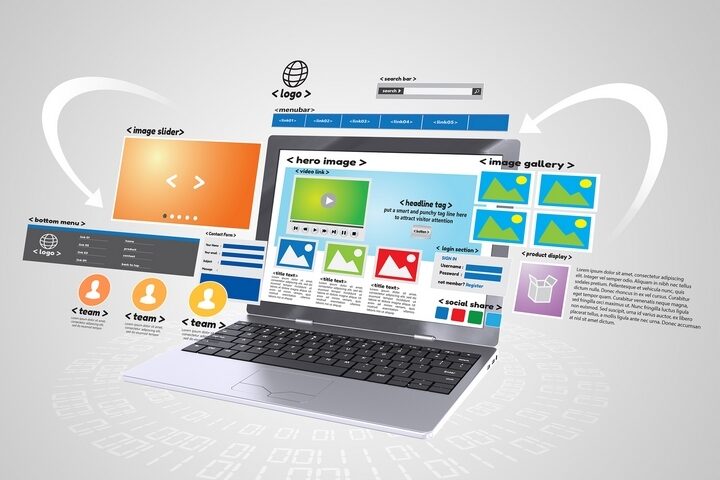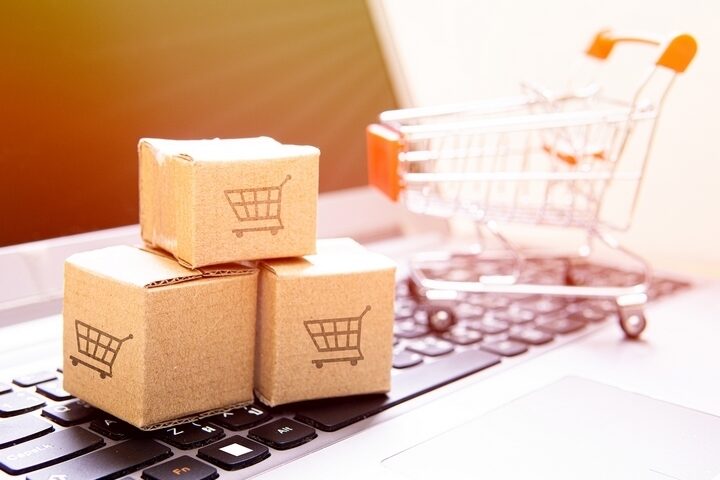Do you have a brick-and-mortar business that you want to take online? Maybe you want to be self-employed and see the Internet as how to run your business. Whatever the reasons, the best way to get up and running fast is with Shopify.
Shopify is a platform that sets up small businesses for success with a user-friendly interface and a streamlined dashboard. It is also integrated with social media sites, marketplaces and other websites to run your e-commerce business easily. There are Shopify fulfillment services available, giving you a convenient resource to manage your e-commerce operations.
Are you ready to get started? This is a simple Shopify tutorial for beginners.
1. Start with a Business Plan

Shopify is easy to set up, so the most time spent should be perfecting your business. You need to make key decisions before you get started, like:
- Is this a solo business or partnership?
- Are you looking to replace your current job or build a side hustle?
- What kind of budget do you have?
- Are you committed to working long hours to fast-track your success?
You probably already have items to sell, but if not, find your niche and manufacture or procure your inventory. Have enough SKUs to look professional but not too much to bog you down with inventory and logistics.
These and other questions need to be firm in your mind before you start so you are oriented in the right way to start your store.
2. Sign Up for a Free Trial

Swimming by testing the waters rather than jumping in the deep end is easier. Shopify has a 14-day free trial and a low commitment 30, 60 and 90-day trial to check out the platform, learn how to use the tools and get acquainted with the dashboard. Pick a name. You can change this later and start using the setup features to build your store. Practice makes perfect, so dedicate time and see what you develop.
It can be a bit overwhelming because there is a lot to set up, including:
- Theme
- Header
- Slideshow
- Collections
- Newsletters
- Checkout
- Shipping
Optimize all your site’s settings and create a unique store you would love to shop at.
Now that you know your way around, sign up for an account and register your domain with Shopify.
3. Set Up Your Pages

You need to set up your pages and sales channels to be able to talk to people, and this is easy to do from the sidebar on the dashboard. Add your products with lots of details and great images along with your pricing, inventory and shipping settings. You can sell digital or physical products and build collections to better group products together for an easier shopping experience.
4. Set Up Payments

To make money, you need a way to take payments, so you can use a third-party gateway for Shopify payments. It’s cheaper to use Shopify but more convenient to set up multiple payment options for a small transaction fee.
5. Time to Go Live

Going live is an exciting experience because you are putting your digital shingle out as open for business. Tweek as much stuff as you can to make a stellar store, and check out some of the best sellers to see how they have set up theirs for insight. You can also keep working on your store after it’s live, and you want to keep it dynamic and exciting.
Shopify has different plans, so pick one that works best for you. There is a basic plan to get you started, a standard plan with advanced features that works well for established businesses, and an advanced plan for larger companies with employees who know how to market.
Each plan comes with more and more features, but they all have the following:
- Multiple sales channels
- 24/ support
- Shopify apps
- Label creator for shipping
- Unlimited products to pick from
- 100 different currencies for checkout
- Gift cards
- Discount codes
- Abandoned cart recovery
- Various sales channels
Use over 6000 Shopify apps on the app store to increase sales and exposure. It can be overwhelming, so start with a few and build from there as you gain experience.
6. Analytics

Shopify has a great analytics tool on the sidebar to see and follow your metrics. This will help you understand how you are performing and give you insight into growth opportunities, as well as a way to monitor day-to-day sales and identify areas to make improvements.
This is your simple Shopify tutorial for beginners. Shopify is a behemoth with many features and ways to customize your store. The important thing is to get started and grow from there. Enjoy your Shopify adventure and join the ranks of successful businesses that have found their calling on this worldwide platform.




